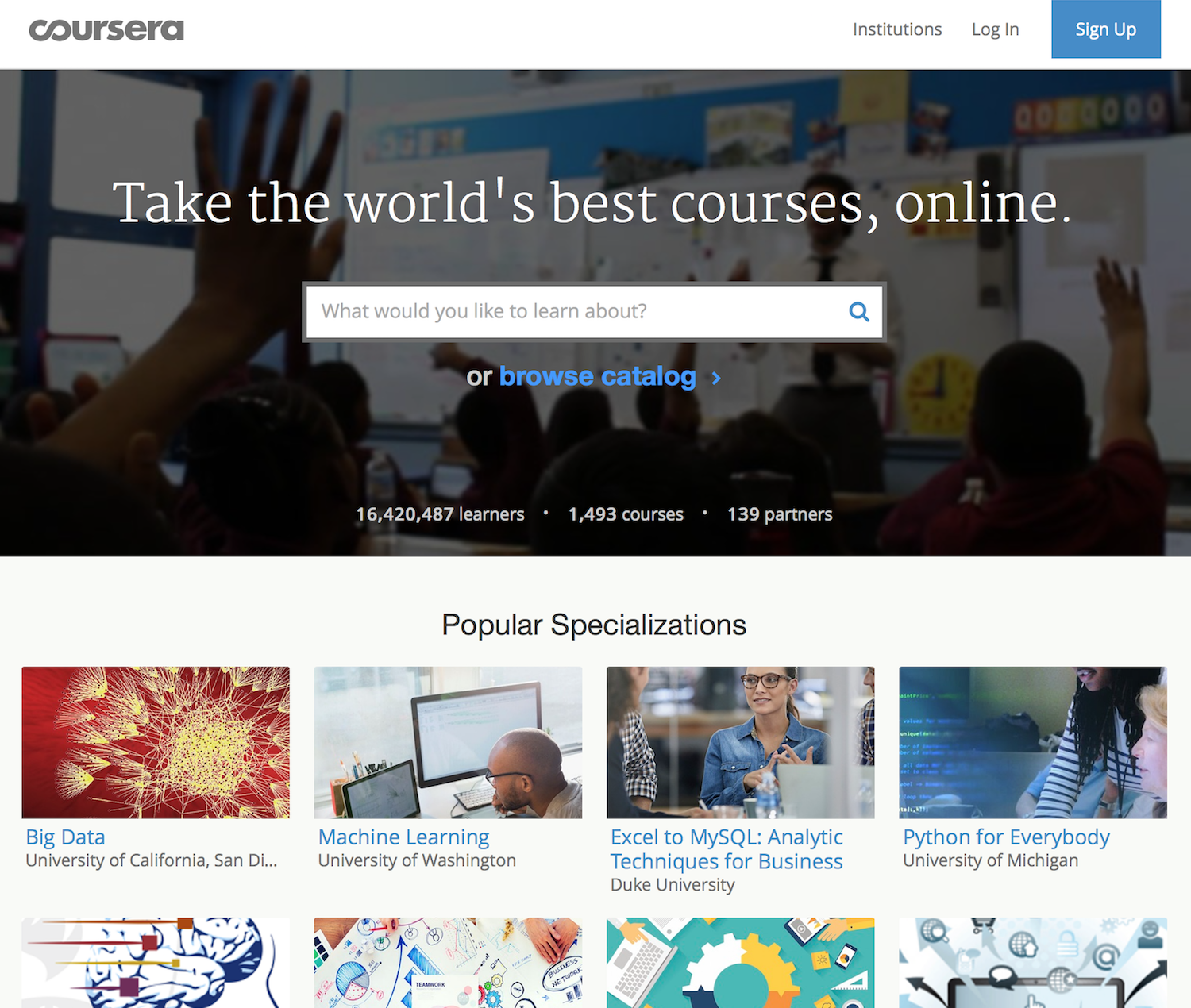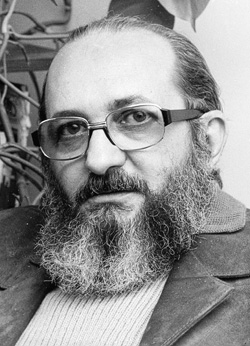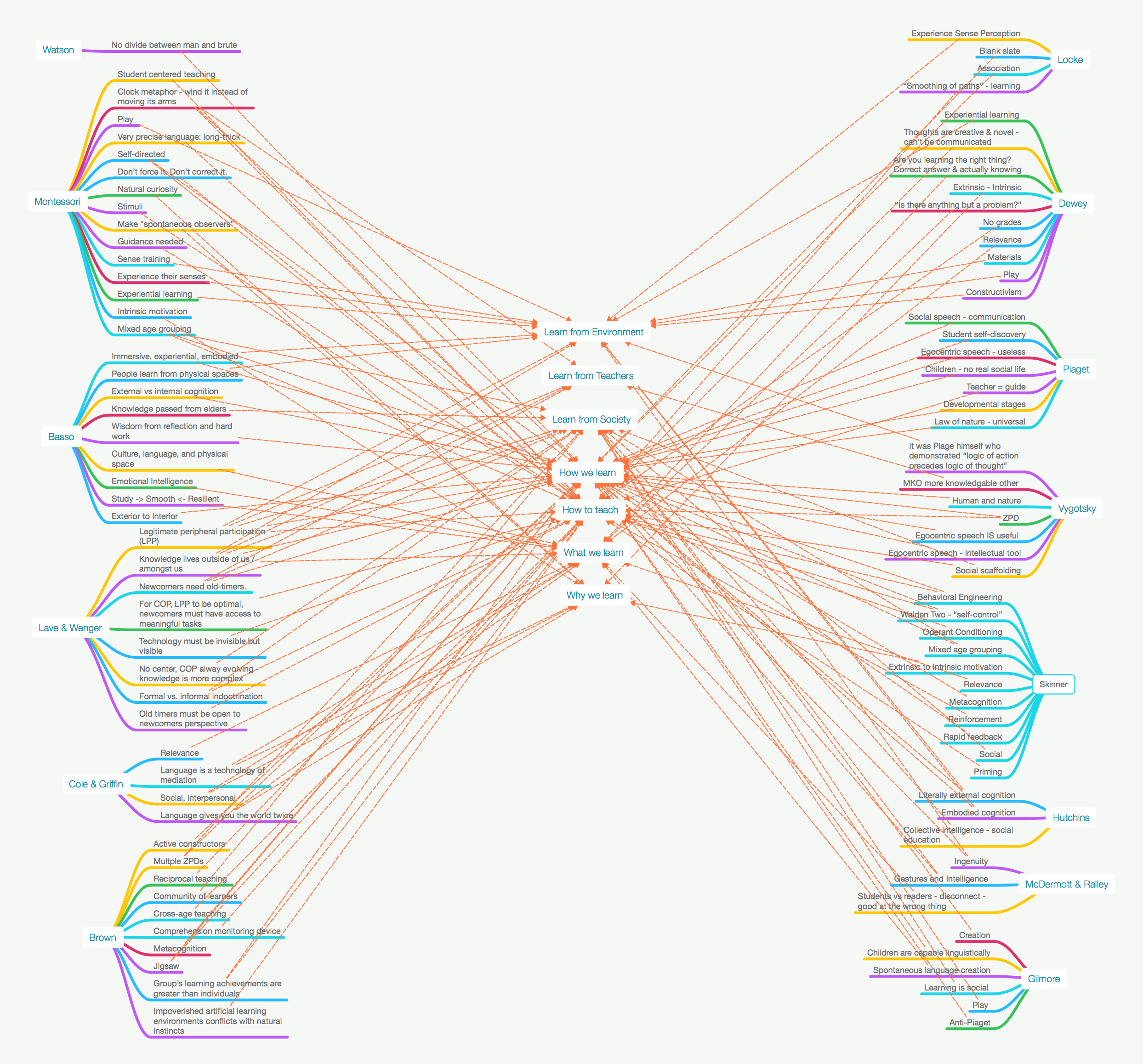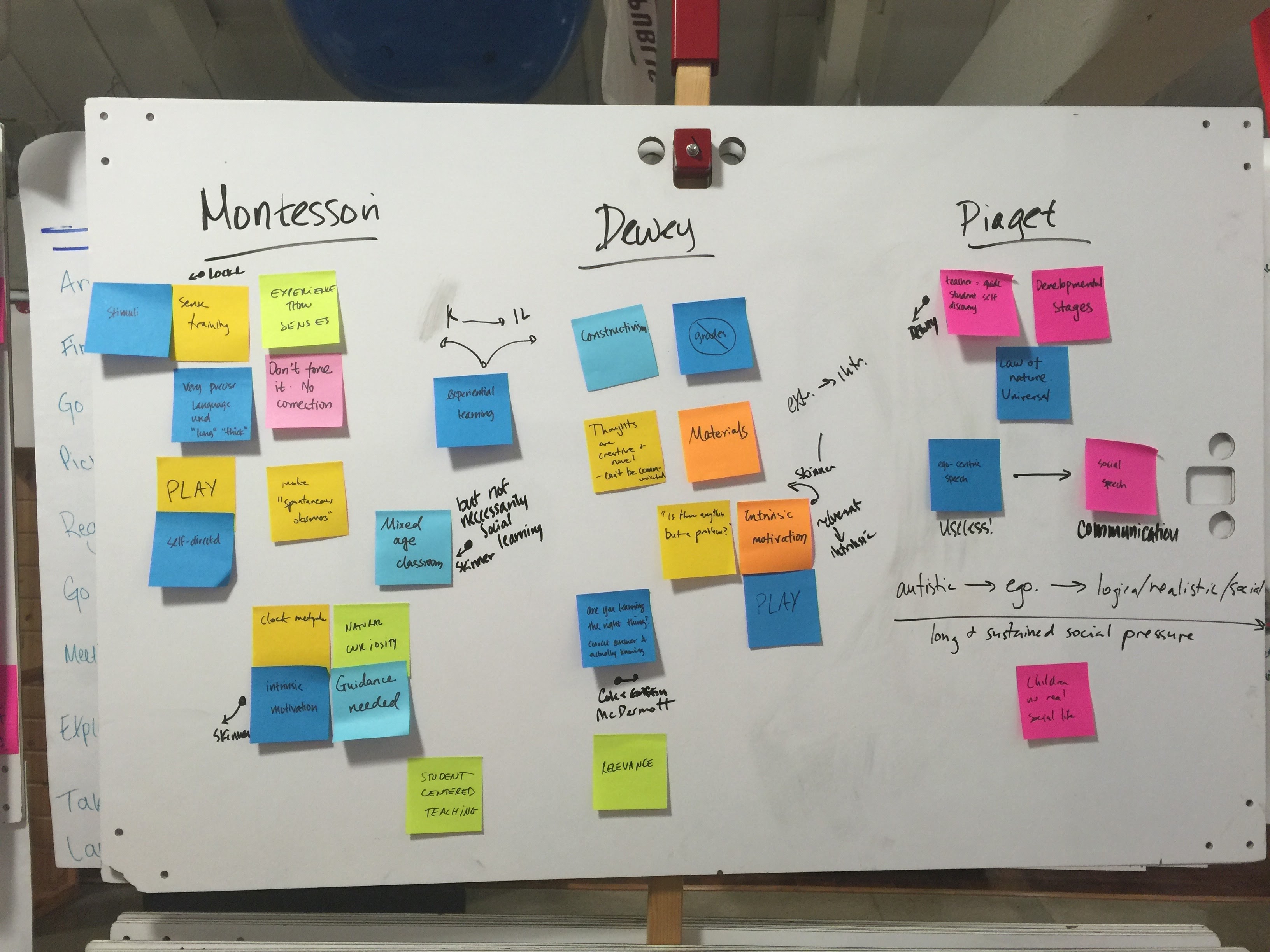Working on a 2 minute video presentation of our prototype for ‘A’ at OMS.
https://youtu.be/Q0PdrKxJVHc
Narration:
Meet Achu.
Achu is twelve years old, full of smiles, and loves art, basketball and HotWheels videos.
Achu’s vocabulary is plenty big, but he doesn’t always use it, instead choosing to repeat the words of others instead of what he really thinks.
Our goal for this work was to support Achu in sharing more of his own thoughts. Let’s call this “spontaneous language creation.”
We believe that if we can help Achu to generate more spontaneous language, over time, he might find it easier to express himself and share his perspectives with the people around him.
So we set out to design a tool that would allow him to do that.
For the first prototype we decided to draw on Achu’s interests and build a system where he could watch and engage in basketball or HotWheels video.
Narrate it when thoughts came to mind or when he was prompted.
Then replayed the video with his recorded narration to show him the value of his words.
Their entertainment value, usefulness.
Even their coolness.
And we found…
Achu was engaged!
He started using more new words!
Car, Fell Down, Score.
And he enjoyed hearing his voice in the replay of the video.
But we still thought we could do better.
We wanted to see if we could increase his level of engagement and the complexity of his spoken ideas by drawing more on his strengths and core motivations.
Knowing that Achu is kind and caring, our new hypothesis was that he would be more engaged and motivated, if he had to help someone else.
Playing off the idea that people are more motivated to work hard when someone else depends on their teaching.
It’s called the protege effect.
Meet Tom, the blind, talking cat.
He introduces himself.
Becomes your friend, then asks for your help,
It worked!
All of a sudden, there was something at stake, a character that needed help.
By chunking the video and having Achu explain what happens in each video chunk to Tom the Cat, we tapped into Achu’s strength of empathy and he was motivated to take on the challenge of spontaneous language creation.
We saw engagement, positive affect, and complex explanations.
Thanks Achu, for helping!






















